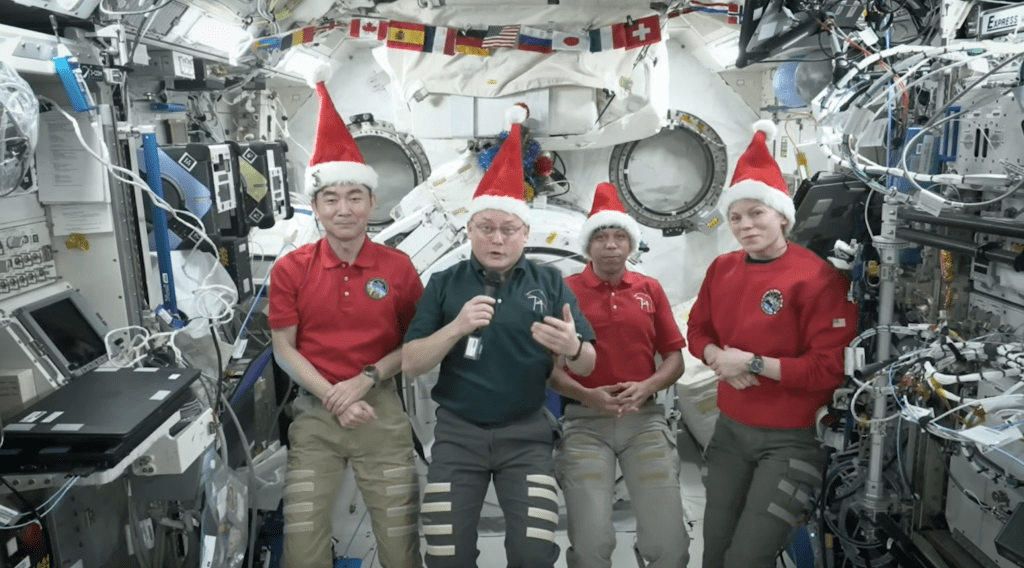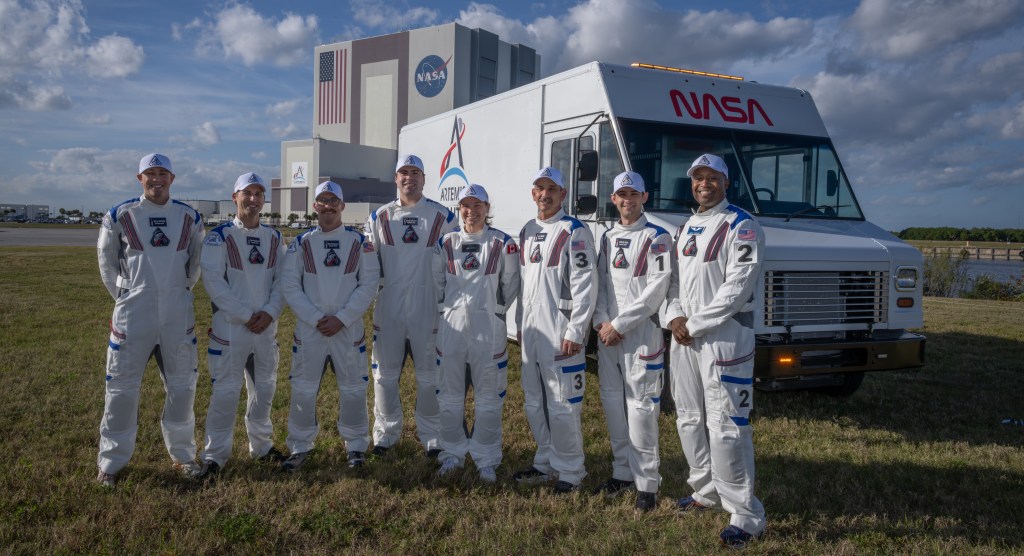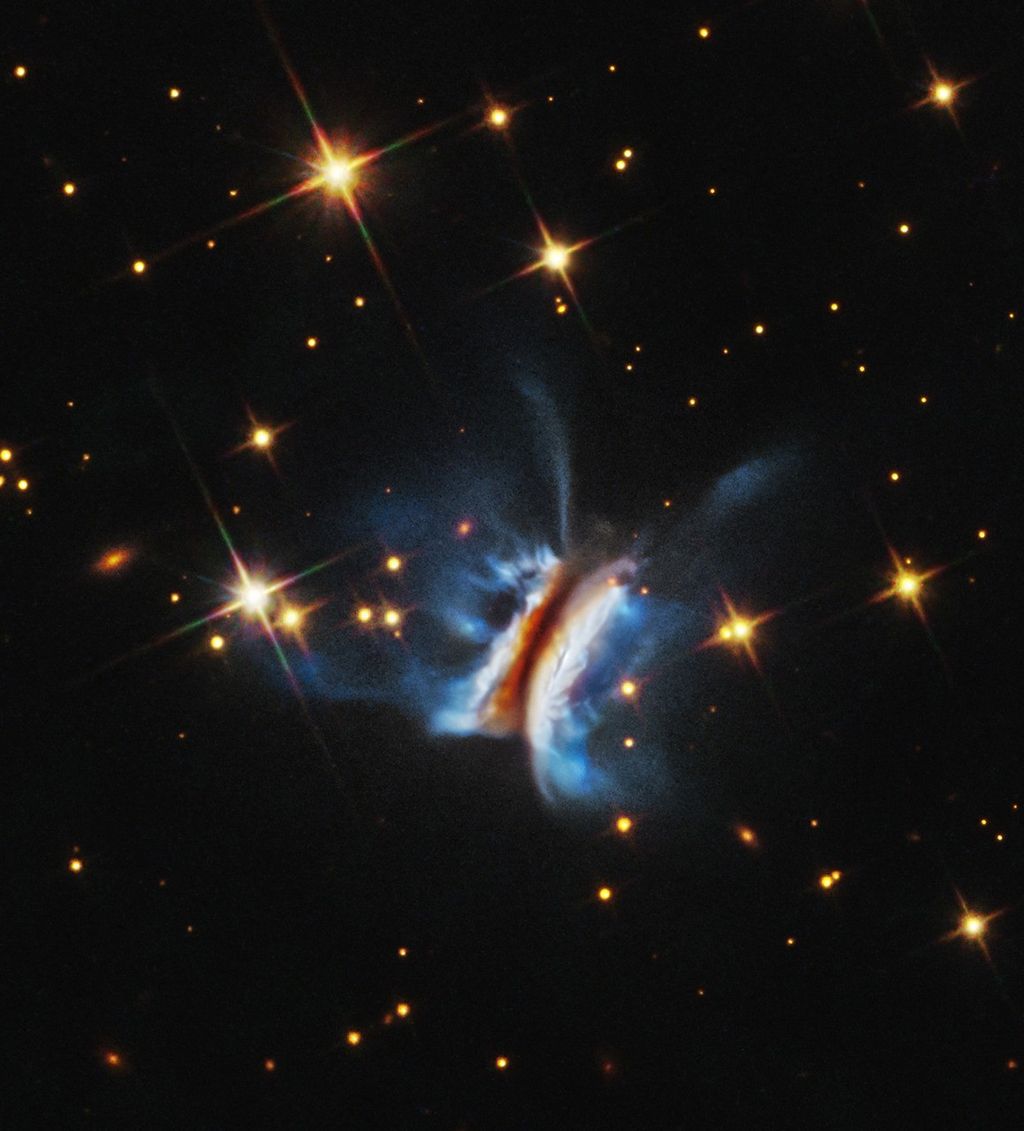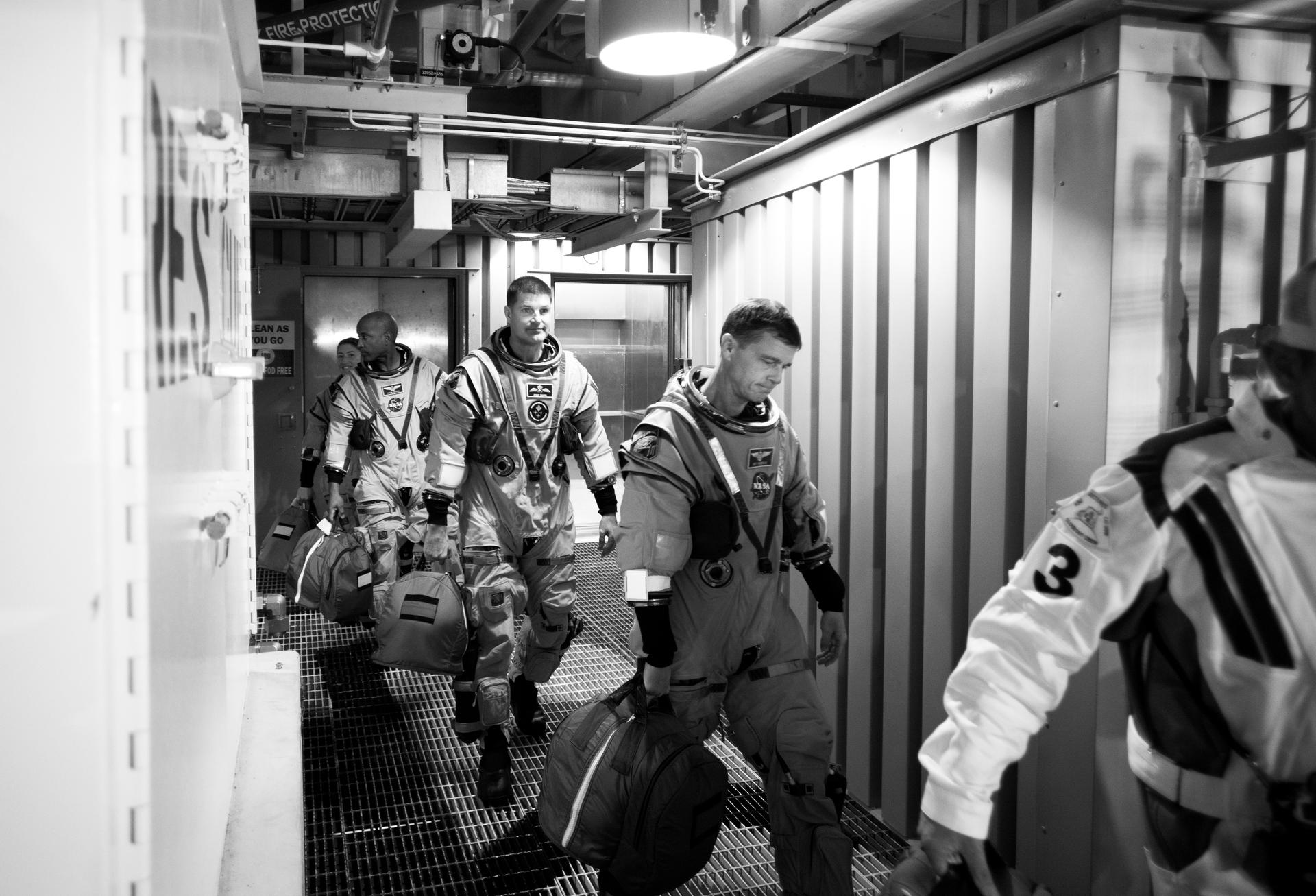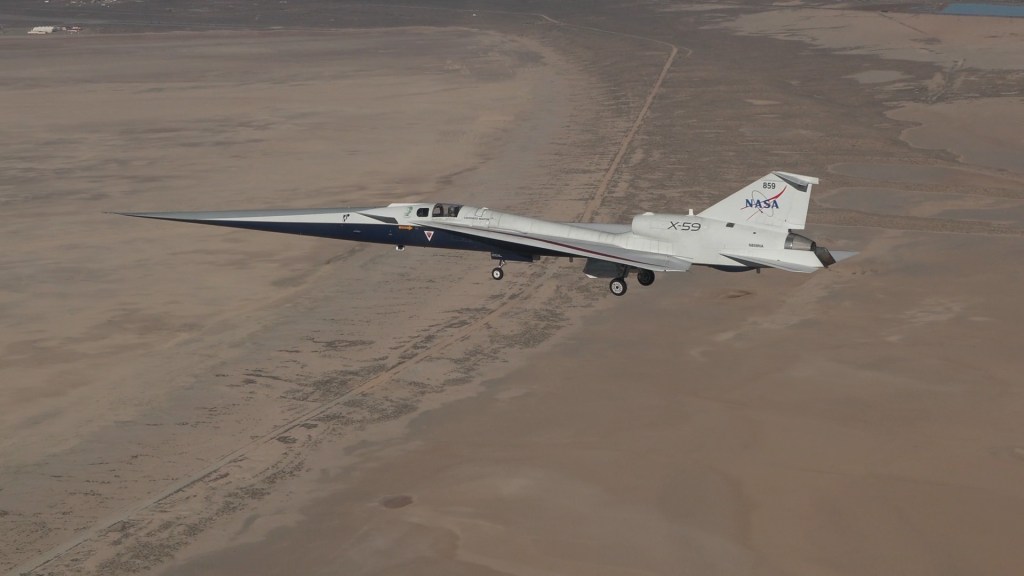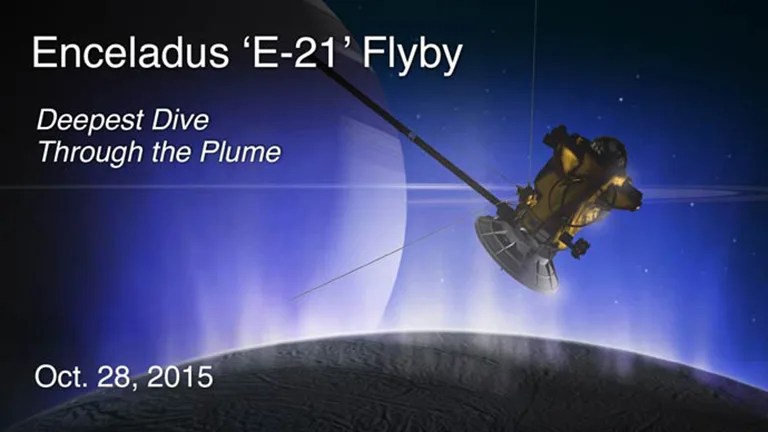
Enceladus Flyby 'E-21': Deepest Dive Through the Plume
This daring flyby will bring the spacecraft within 30 miles (48 kilometers) of the surface of Enceladus’ south polar region. The flyby is Cassini's deepest-ever dive into the plume of icy spray that issues from fractures in the south polar region. The encounter will allow Cassini to obtain the most accurate measurements yet of the plume's composition, and new insights into the ocean world beneath the ice.
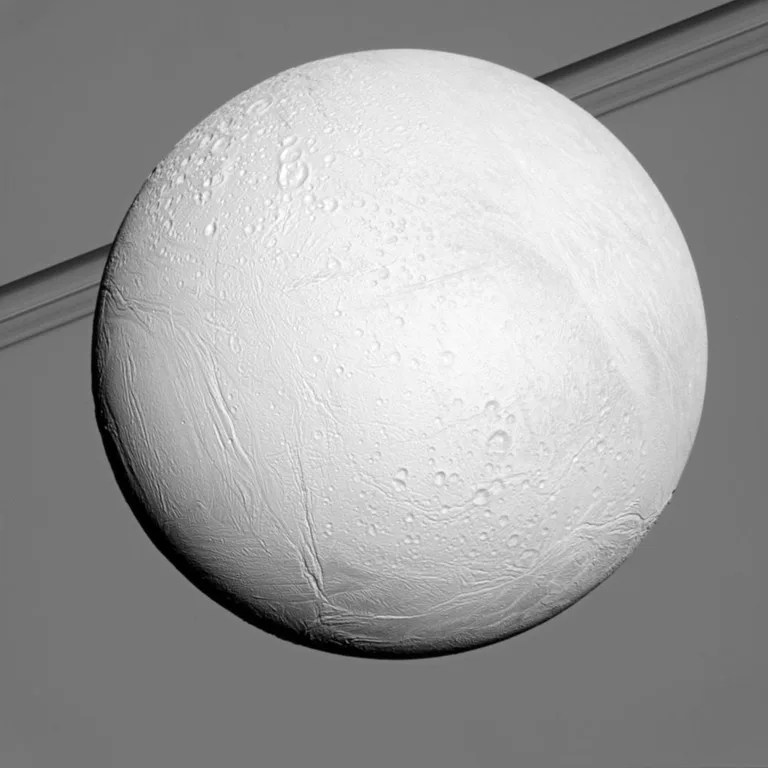
Key scientific expectations for this flyby
Scientists are looking forward to several important scientific results from the Oct. 28 flyby. These results will not be available immediately -- they will take several months of careful analysis, and would be published in a peer-reviewed journal.
1. Confirm presence of molecular hydrogen (H2)
- This measurement will be accomplished using Cassini's sensor that sniffs the gases in the plume (called INMS)
- Confirmation of H2 would be an independent line of evidence that hydrothermal activity is taking place in the Enceladus ocean, on the seafloor
- Amount of H2 Cassini measures would reveal how much hydrothermal activity is going on in the ocean.
• This has implications for the amount of energy available for creating a habitable environment in the ocean
2. Better understand the chemistry of material in the plume
- Cassini's dust detector (called CDA) will obtain spectra of the heavier particles only found at low altitudes nearer to the plume's source
- • Among these heavier particles, Cassini may detect new, more complex organic molecules (albeit with not enough resolution to confirm if they are biological in nature)
• Scientists think these heavier particles carry material from the sub-surface ocean
• Scientists are doing laboratory experiments to create a catalog they can refer to of chemical fingerprints (or spectra) for fragments of complex organic molecules Cassini might detect
3. Determine the nature of the plume sources
- Is the plume made up of tight, column-like jets or curtain-like eruptions that run along the length of the tiger stripe fractures (or both)?
- How much icy material are the plumes actually spraying out? Scientists are still not sure, and the amount has major implications for how long the moon might have been active.
- This measurement will be accomplished by part of Cassini's CDA instrument called the high-rate detector, which can count the impacting ice particles from the plume (over 10,000 per second) in real-time.
Important points about the encounter
- This flyby will not detect life. Cassini does not have the capability to do that. Scientists hope the flyby will provide powerful new insights about how habitable the ocean environment is within Enceladus.
- The flyby will sample material coming from an ocean within an icy moon -- a true "ocean world" orbiting Saturn.
- Going closer to the south pole allows Cassini to go deeper into the plume of icy spray. Scientists expect Cassini will have greater sensitivity to the chemistry of the plume, including organic molecules, than during previous flybys.
- This is the deepest-ever dive through the Enceladus plume, which Cassini discovered 10 years ago, not long after arriving at Saturn.
- Cassini was not specifically designed for this kind of maneuver -- sampling active cryovolcanic plumes -- but it has a powerful suite of science instruments that made this sort of science possible.
Enceladus Flyby at a Glance
Date
Oct. 28, 2015
Altitude
30 miles (49 km)
Speed (rel. to Enceladus)
19,014 mph (8.5 km/sec)

